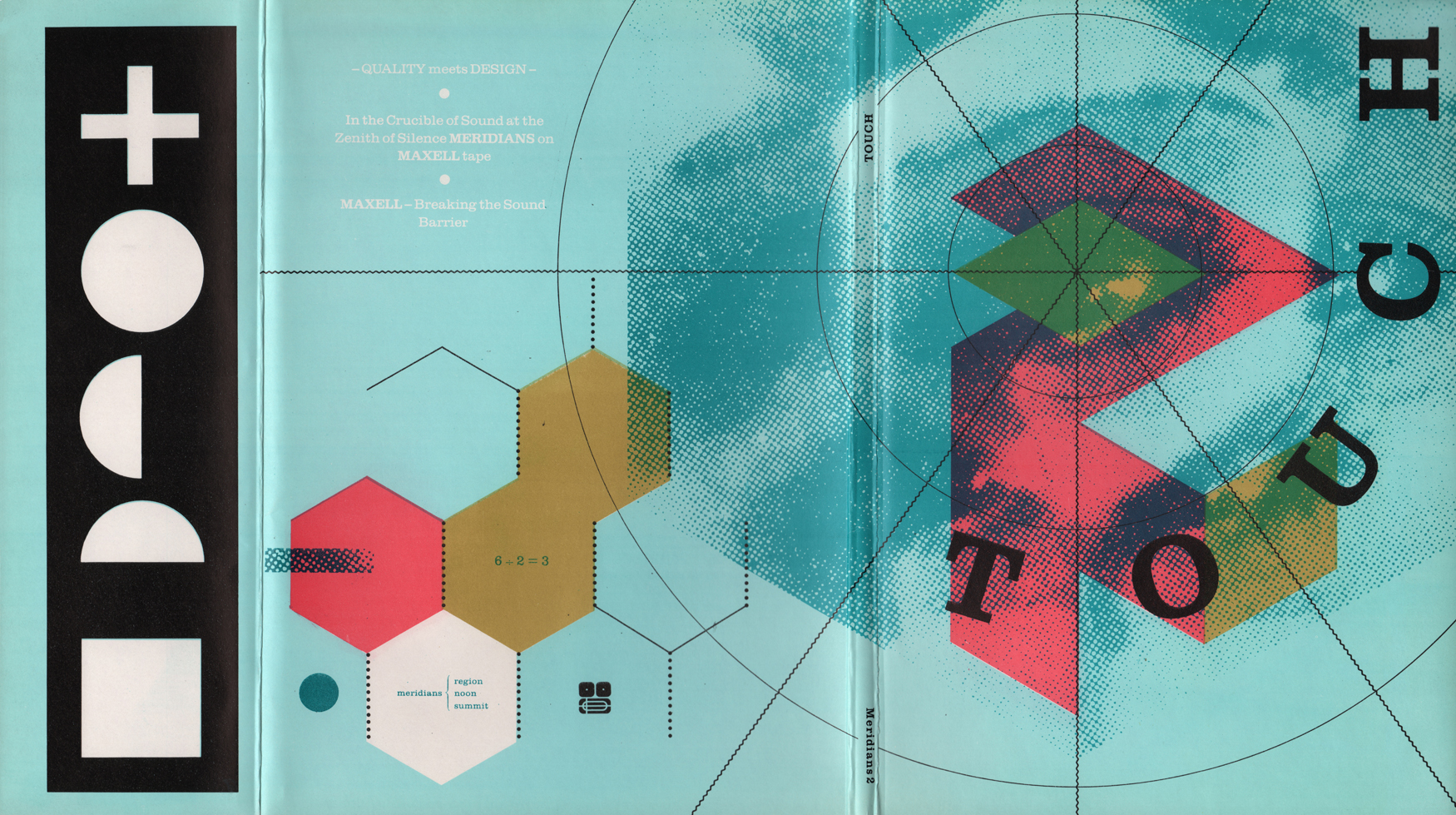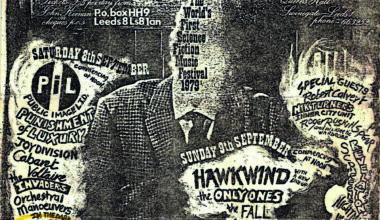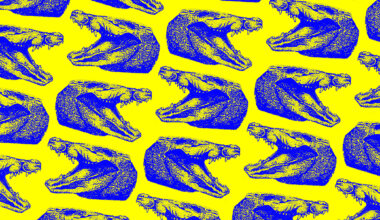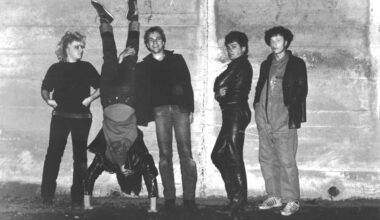Jon Wozencroft, founder of pioneering label and publisher Touch, reflects on 40 years of experimental electronics and audiovisual adventures
Want to read more?
Sign up to Electronic Sound Premium to gain access to every post, video, special offers, and more. 100%, all you can eat, no commitment, cancel any time.
Already a premium member? Log in here






